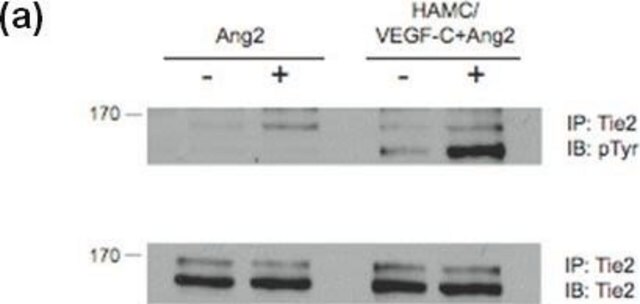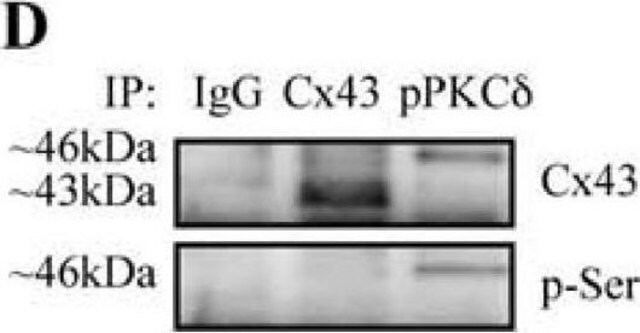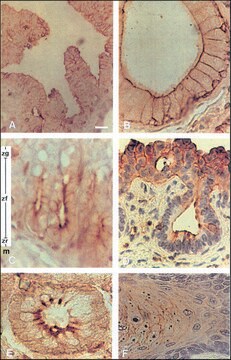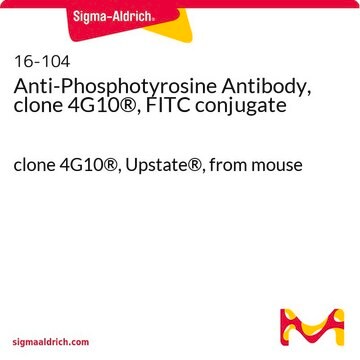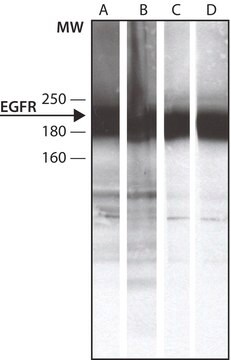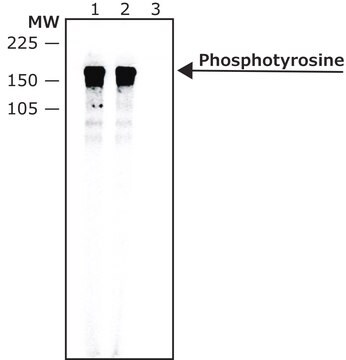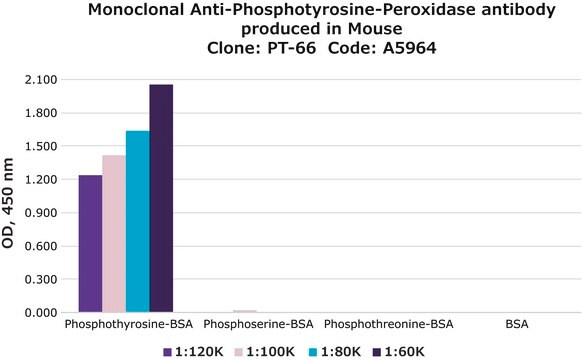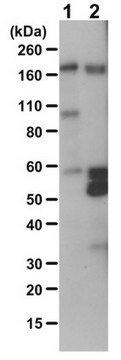P5872
Anti-Phosphotyrosine antibody, Mouse monoclonal
clone PT-66, purified from hybridoma cell culture
Synonym(s):
Monoclonal Anti-Phosphotyrosine, Phospho-Tyr, Phospho-tyrosine, p-Tyr
About This Item
Recommended Products
biological source
mouse
Quality Level
conjugate
unconjugated
antibody form
purified immunoglobulin
antibody product type
primary antibodies
clone
PT-66, monoclonal
form
buffered aqueous solution
packaging
antibody small pack of 25 μL
concentration
~2 mg/mL
technique(s)
flow cytometry: suitable
immunocytochemistry: suitable
immunohistochemistry: suitable
immunoprecipitation (IP): suitable
indirect ELISA: 0.5-1.0 μg/mL using phosphotyrosine conjugated to BSA
radioimmunoassay: suitable
western blot: 0.25-0.5 μg/mL using total cell extract of human platelets
isotype
IgG1
shipped in
dry ice
storage temp.
−20°C
target post-translational modification
unmodified
Looking for similar products? Visit Product Comparison Guide
Related Categories
General description
Specificity
Immunogen
Application
- immunoblotting,
- immunofluorescence,
- immunohistochemistry
- immunocytochemistry
- flow cytometry
- immunoprecipitation
- enzyme linked immunosorbent assay (ELISA)
- radio immunoassay (RIA)
- immunoaffinity isolation
Biochem/physiol Actions
Physical form
Disclaimer
Not finding the right product?
Try our Product Selector Tool.
Storage Class Code
12 - Non Combustible Liquids
WGK
WGK 2
Flash Point(F)
Not applicable
Flash Point(C)
Not applicable
Choose from one of the most recent versions:
Already Own This Product?
Find documentation for the products that you have recently purchased in the Document Library.
Customers Also Viewed
Articles
Review a high-throughput ELISA-based method to identify peptide substrates for class-specific and/or enzyme-specific Protein Tyrosine Kinases (PTKs) that can be utilized for the detection of kinase activity both in vivo and in vitro.
Our team of scientists has experience in all areas of research including Life Science, Material Science, Chemical Synthesis, Chromatography, Analytical and many others.
Contact Technical Service